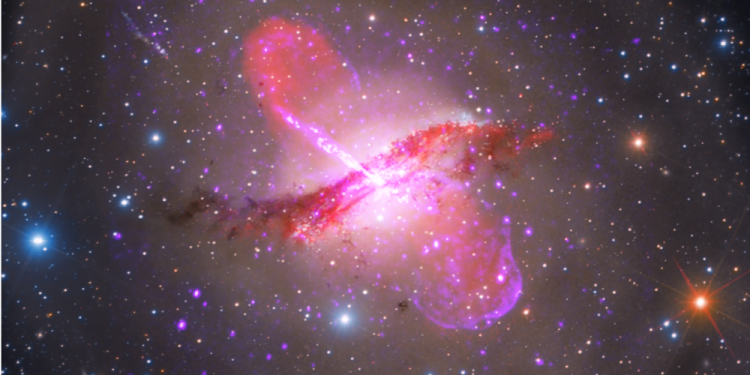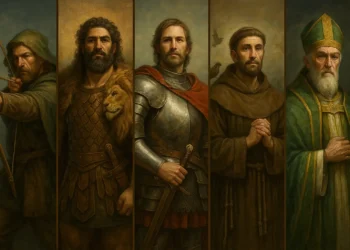Journey beyond Earth to discover the most bizarre objects in the cosmos. Learn about strange celestial phenomena like rogue planets, zombie stars, and dark matter, and delve into the unknown as we explore these remarkable cosmic wonders that challenge our understanding of the universe.
The Wonders of the Cosmos
As we gaze into the night sky and ponder the vastness of the universe, it’s easy to be captivated by the countless celestial objects and phenomena that fill the cosmos. Among these, there are some truly strange and mysterious wonders that defy our understanding and challenge the limits of our imagination. In this article, we’ll take a closer look at seven of the strangest objects in space, shedding light on the remarkable complexity and diversity of the universe.
Rogue Planets: The Wandering Orphans of the Cosmos
Rogue planets are celestial oddities that wander the galaxy without orbiting a star. These cosmic outcasts can be ejected from their solar systems due to gravitational interactions or formed in isolation, drifting through space in perpetual darkness. Rogue planets provide a unique opportunity to study planetary formation and the potential for life beyond our solar system.
Zombie Stars: The Undead of the Universe
Zombie stars, also known as white dwarf stars, defy the usual life cycle of a star by surviving and reigniting after a supernova explosion. These celestial “undead” accumulate enough mass from their surroundings to trigger a new round of nuclear fusion, shining once more in the cosmic stage. Zombie stars challenge our understanding of stellar evolution and the ultimate fate of celestial bodies.
Dark Matter: The Invisible Skeleton of the Universe
Dark matter is an enigmatic substance that, although invisible, plays a crucial role in shaping the structure of the universe. It is estimated to make up approximately 27% of the universe’s mass-energy content, and its gravitational influence is responsible for holding galaxies and galaxy clusters together. Despite its importance, dark matter remains one of the most mysterious and elusive components of the cosmos.
Magnetars: The Universe’s Most Powerful Magnets
Magnetars are a rare and extraordinary type of neutron star, possessing magnetic fields that are billions of times stronger than those found on Earth. These cosmic powerhouses are formed from the collapsed cores of massive stars and emit intense bursts of X-rays and gamma rays. Magnetars provide a unique opportunity to study extreme physics and the behavior of matter under unimaginable conditions.
Gravitational Lenses: Cosmic Magnifying Glasses
Gravitational lenses are remarkable natural phenomena that act as cosmic magnifying glasses, amplifying and distorting the light from distant celestial objects. These lenses occur when the gravity of a massive object, such as a galaxy or a galaxy cluster, bends the light from a more distant object, creating multiple or distorted images. Gravitational lenses offer a powerful tool for astronomers to study the most distant and ancient parts of the universe.
Black Holes: The Abysses of the Cosmos
Black holes are among the most mysterious and intriguing objects in the universe. These cosmic abysses have gravitational forces so immense that nothing, not even light, can escape their pull. Black holes can form from the collapse of massive stars or the merger of other black holes, and they play a pivotal role in shaping the universe’s structure and the formation of galaxies.
KBOs (Kuiper Belt Objects): The Solar System’s Icy Frontier
Kuiper Belt Objects (KBOs) are small, icy celestial bodies that reside in the outer fringes of our solar system. These frozen relics, including well-known objects like Pluto and Eris, offer invaluable insights into the early history of our solar system and the formation of planets. The study of KBOs is essential for understanding the origins and evolution of our cosmic neighborhood.
The Ever-Expanding Frontiers of Knowledge
The universe is a vast and mysterious place, filled with enigmatic objects and phenomena that continually challenge and inspire our understanding. By exploring these cosmic oddities, we not only expand the boundaries of our knowledge but also deepen our appreciation for the incredible complexity and diversity of the cosmos. As we continue to probe the farthest reaches of the universe, we can only anticipate that more strange and wondrous objects await us, ready to reveal their secrets and reshape our understanding of the celestial tapestry.
PLEASE READ: Have something to add? Visit Curiosmos on Facebook. Join the discussion in our mobile Telegram group. Also, follow us on Google News. Interesting in history, mysteries, and more? Visit Ancient Library’s Telegram group and become part of an exclusive group.











